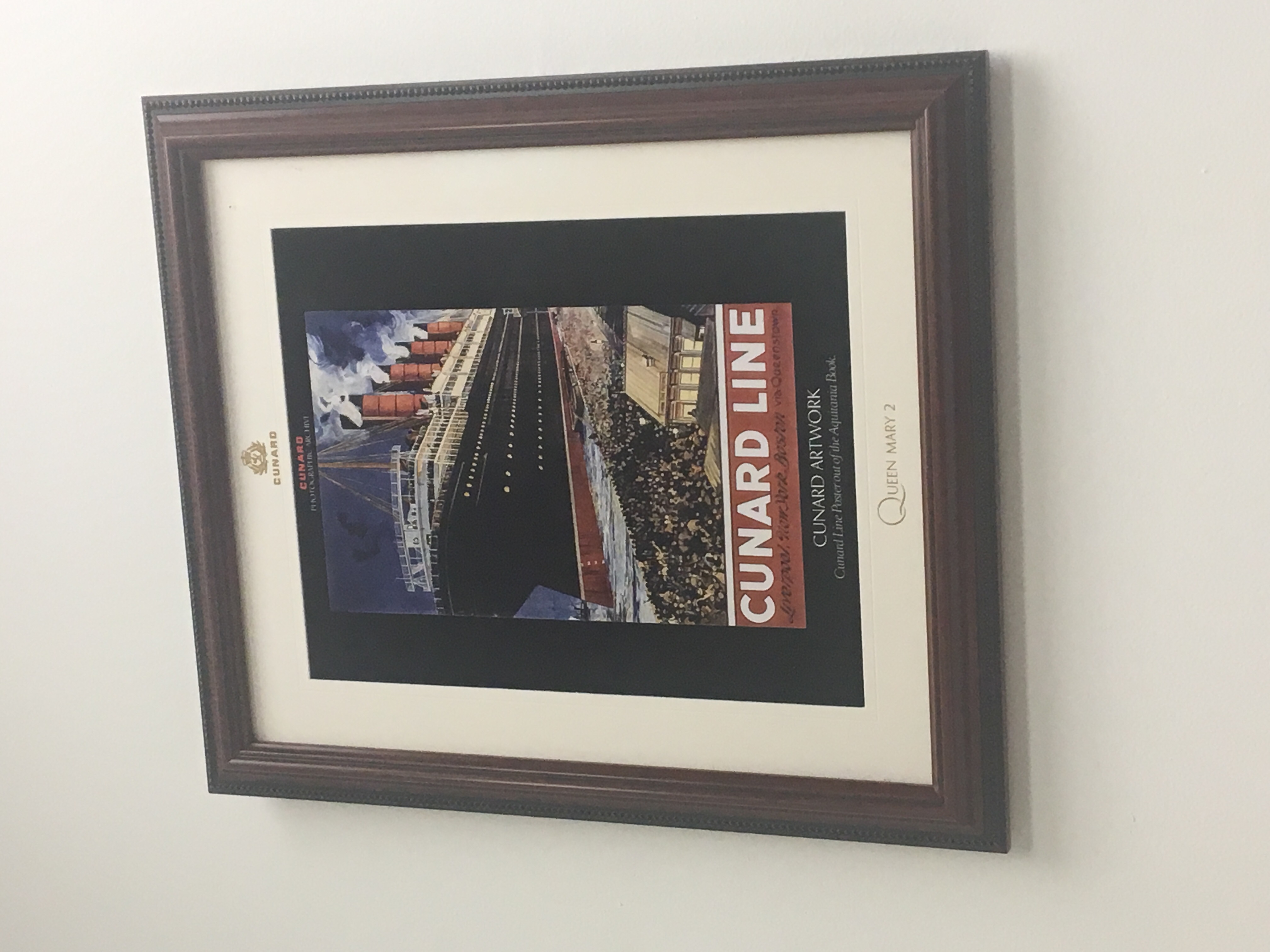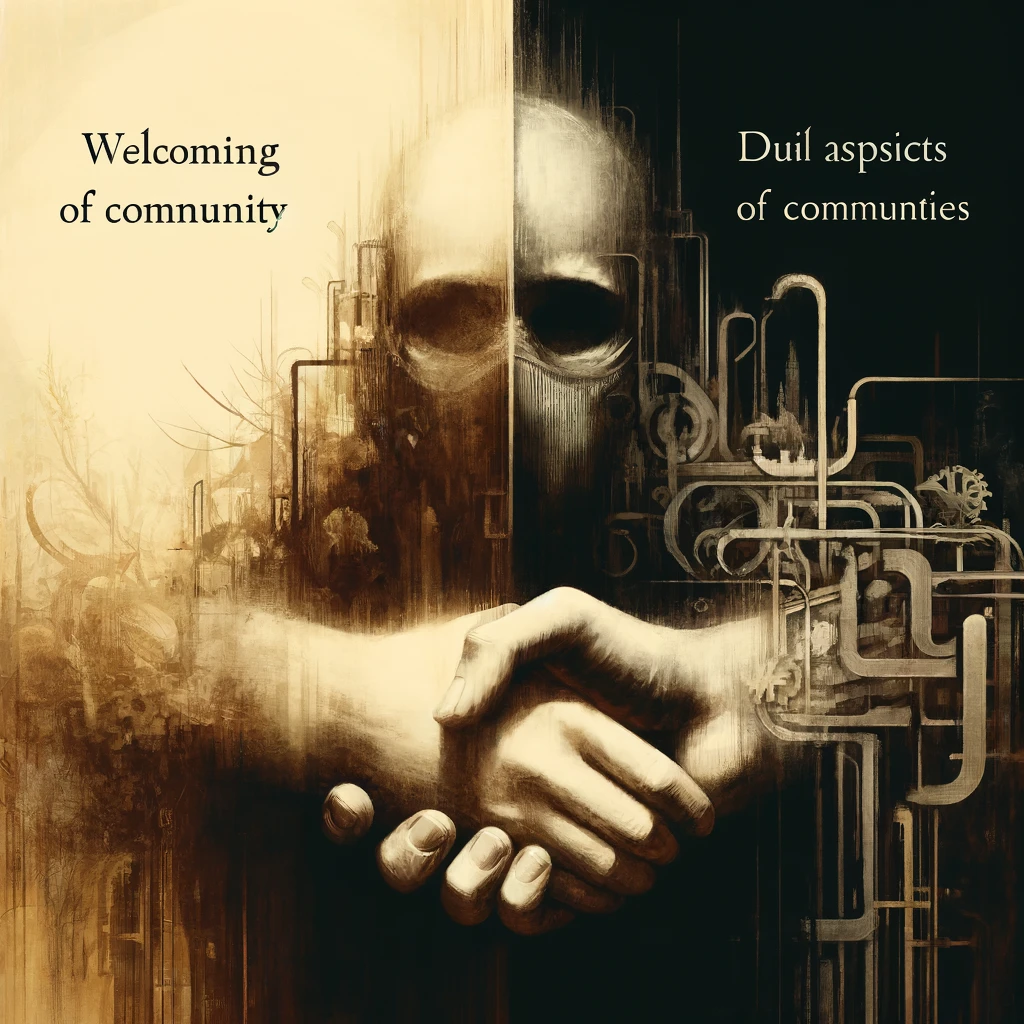Your cart is currently empty!

The Titanic and the Great Oceanliners
I have a framed portrait of the Titanic in my mental health private practice. Many people ask me: What does the Titanic have to do with having good mental health and practising self-management? The answer is, it has everything to do with exhibiting good mental health. This past holiday season, I enjoyed sailing on the Queen Mary 2,…

I have a framed portrait of the Titanic in my mental health private practice. Many people ask me: What does the Titanic have to do with having good mental health and practising self-management? The answer is, it has everything to do with exhibiting good mental health. This past holiday season, I enjoyed sailing on the Queen Mary 2, Cunard’s ocean-liner. I boarded Queen Mary 2 in Brooklyn, where it sailed from New York to Southampton, England. In London, I had the pleasure of speaking at Psychreg’s 1st Mental Health Bloggers Conference and gave a lecture on using blogging as a mental health intervention.
Speaking as someone who has cruised worldwide in American ships, I can be quite candid about the difference in customs aboard the Queen Mary 2 and other American lines. It speaks to a more significant difference in tradition and general etiquette. After my experience aboard the QM2, I was not shocked by the depictions of the Titanic in film. Specifically, pianos and harps played as the ship was actively sinking in the North Atlantic. While this touches on a larger ‘hush-hush’ out of sight out of mind, taboo treatment of external issues at hand. In general, socially unacceptable behaviour in these ships takes a back seat to polite conversation. I think it’s about time the more powerful message is learned.
Aside from lots of pictures of the Queen and old ships of the line, I observed several Titanic references. While I won’t talk about each specific film reference, I can say this. The connections were everywhere and throughout the crossing of the Atlantic. On my deck, by the lift shaft, I used most regularly, was a large ‘SOS’ transcript with pictures of that faithful night when the Titanic went down in the North Atlantic. Even as we passed the Titanic’s resting place’s location, an announcement was made on the ship’s intercom that we were no ‘passing’ the Titanic’s final location.
I soon realized there is something to be said about all of this from a self-management standpoint. In self-management, we teach the importance of adequate planning to folks that may not have enough insight into the damaging and dismaying impact of what can happen when life unravels.
Ultimately, when and if you draw the ‘short-stick’ in life and its situations, you discover how to maintain peace when life seems too chaotic to self-regulate. According to historians, and the Titanic’s operating company White Star Line, the Titanic was not only believed to be unsinkable. The ship was set up for operations and sailed out of port on its inaugural passage without the right safety equipment in place. This was also depicted in the movie Titanic with the general shortage of lifeboats. Other safety mechanisms were not on board during the horrific emergency at sea.
I want to draw a comparison here. How we live and operate in our personal world, in theory, is just as important as how we execute our behaviours and put planning into practice. There was nothing wrong with building a ship to be ‘unsinkable’. As far as I am concerned, it wasn’t the ship’s size, grand scale, or ornate qualities that sunk the boat. The boat was already on a collision course with epic proportions failure even before it left the Liverpool yard.
As people, we simply don’t know how to live without calculating possible problems. For most of us, our failure isn’t predicting outcomes. No one person can foresee the future. However, we can plan for uncertainty, unpredictability, and the worst possible situation based on what we know and don’t know. Sure, we want the best for ourselves. Nobody wakes up and says. ‘After my credit card gets declined, I am going to buy a pizza with the cash I have left in my pocket.’ People instead assume they will get the pizza from the beginning.
Maintaining good mental health requires a degree of planning, not clairvoyance. Still, at the very least, it directs people to differentiate when theory and practice aren’t congruent or don’t reflect what’s happening in the world around them. This means should I become floridly manic and drive to work without looking and checking traffic patterns, I could possibly hit another vehicle. In this case, it wasn’t the mania or the vehicle’s relative strength that caused the accident. It was the sheer fact I didn’t plan another way to work when I was not feeling well.
Sure, circumstances contribute to our issues and can build. At the very root of it all, the gap between theory and practice is enormous. Too many of us willfully ignore, either out of neglect or otherwise, the devastating impact of not thinking ahead.





Leave a Reply